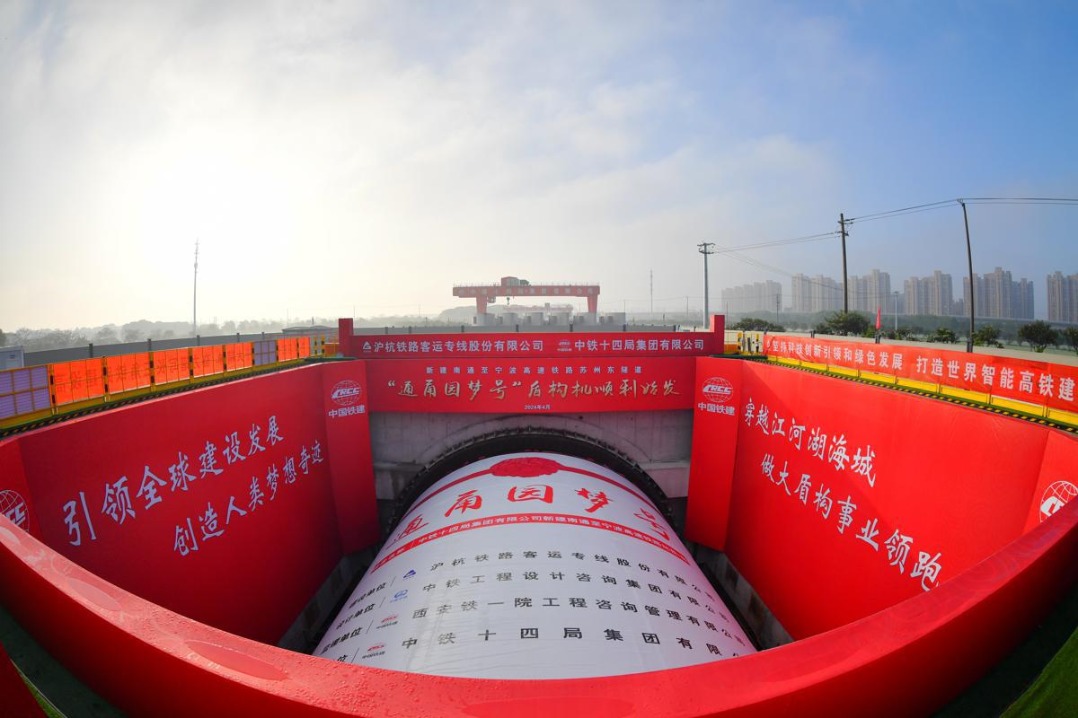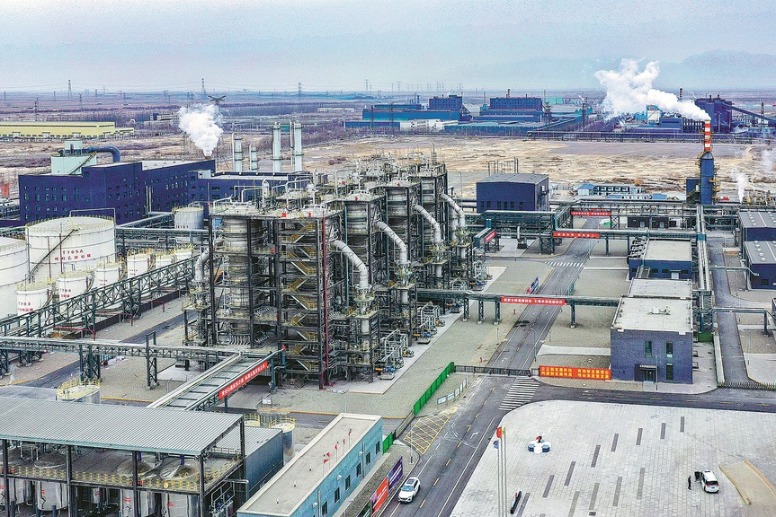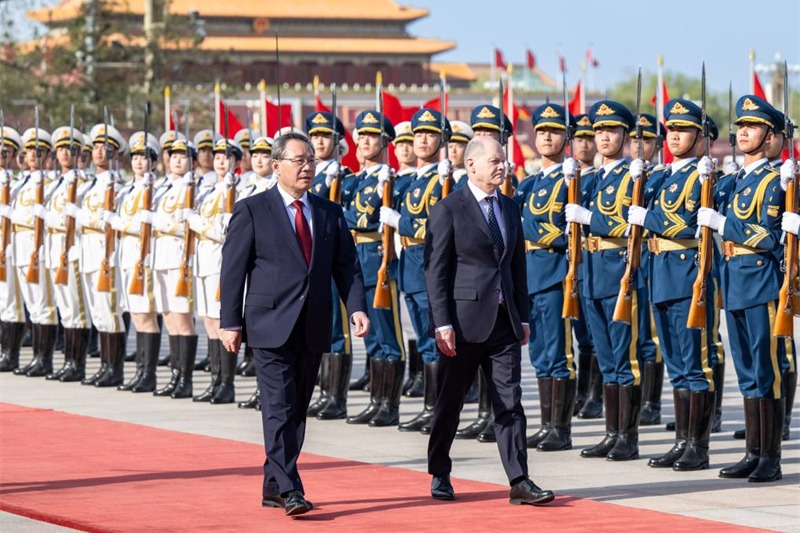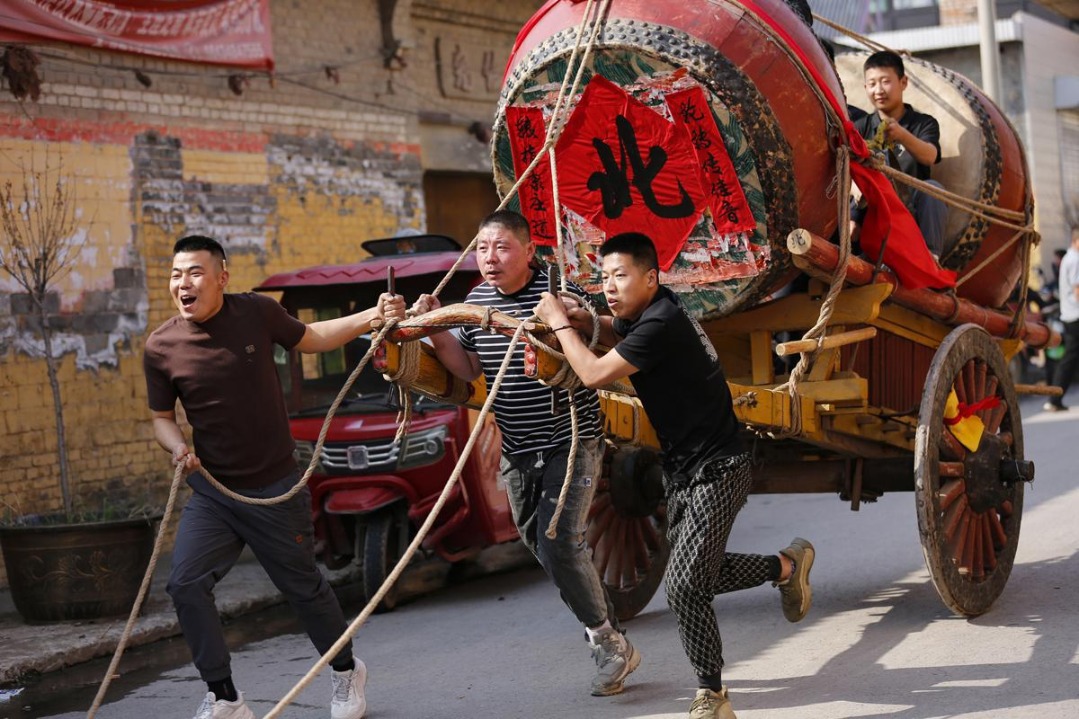Emergency rescue mission saves the day as caves yield cultural riches

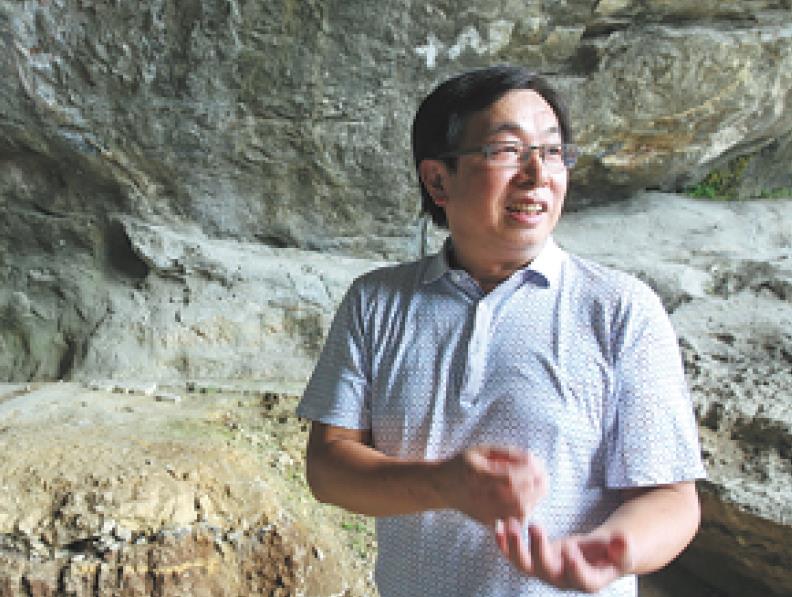
Braving drilling and blasting, and with rocks occasionally falling over their heads, archaeologists raced against time as they worked outside a village in Sanming, Fujian province.
It was September 1999, and they were trying to find vital evidence that could help save the cave complex they were working on from falling victim to mining activities.
For more than 20 years, the Wanshouyan Hills outside Sanming had been used as a quarry for the Fujian Sangang Group Co. The company had acquired the rights to mine the hills for the top-quality limestone it needed to produce steel.
However, the villagers, who had long protested that mining would cause pollution and threaten their farmland, appealed to the local authorities to save the three caves, one of which housed the ruins of a Song Dynasty (960-1279) temple believed to safeguard peace in the village.
With mining work coming close to destroying the cave complex, the company finally agreed to fund a team of archaeologists to conduct explorations in the caves, which were thought to house Paleolithic relics. The team was given one month to carry out the work.
Yu Shengfu, director of the Sanming Conservation Center for Cultural Heritage, who took part in the archaeological exploration, said: "When we arrived early in the day, we could hear the sound of explosives, which continued all day. A falling rock even struck my hand."
The value of the heritage site soon became apparent when a large number of stone tools and animal bones were unearthed in quick succession.
More important, researchers found what appeared to be a limestone-brick floor laid by early humans, in addition to a drainage channel to discharge water from the cave.
Yu said: "We were not sure about the find, and invited the country's top anthropologists and archaeologists from Beijing to the dig. They all agreed that it was a major archaeological discovery."
He said the man-made floor, which was later found to be 40,000 years old, could be one of the first examples of early humans deciding to improve their living conditions.
However, fierce debate continued to rage over whether the site merited full-scale protection or could be better used as a limestone quarry for the company, which stood to face direct losses of 300 million yuan if forced to find another location.
Yu said: "In the late 1990s, the prevailing view in the country was that economic growth was the top priority. Some people might have thought that protecting cultural heritage was significant, but more believed that developing the economy had to come first."
The debate was finally settled months later, when Xi Jinping, the acting Fujian governor at the time, read a report from the provincial department of culture on protecting the site.
In an instruction issued on Jan 1,2000, Xi wrote that protecting heritage was everyone's responsibility and an important part of implementing the sustainable development strategy.
The cave site, with its precious and nonrenewable cultural relics, not only belongs to everyone but also to future generations, and no units or individuals can harm the concerns of future generations merely for the sake of immediate interest, he wrote.
On Xi's orders, mining activities were immediately halted and the local authorities were urged to take immediate action to strengthen protection of the cave complex. The provincial finance department set up a 500,000 yuan fund to safeguard the site.
Yu said: "Some people said Wanshouyan was rescued by Xi from mining-that is absolutely right," adding that the decision also reflected Xi's long-standing focus on protecting cultural relics.
Two decades later, what began as an emergency rescue mission has left the city with abundant cultural and tourism resources.
To date, 120 million yuan ($17.19 million) has been allocated by the local authorities to develop an archaeological heritage park.
The hillside site had received more than 600,000 tourist visits as of last year.
Chen Lizhen, Party secretary of the Sanming cultural and tourism administration, said Xi's decision has left the city with an "invaluable asset".
She said local authorities will try to recreate scenes of early humans' life and work and also develop the area into a site to study prehistoric culture.
- Young entrepreneur from Taiwan finds opportunities in Chinese mainland
- Carp are centerpiece of village's tourist attractions
- Legend's legacy inspires musical of heroic intellectual
- Fuzhou historical buildings preservation to pay dividends
- Traditional architecture highlights Fuzhou's newest tourist site

















